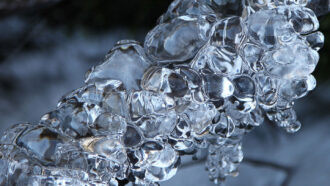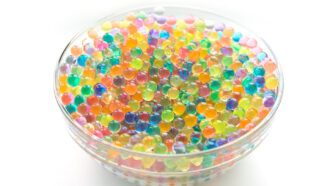
Climate
Chemists make device to destroy planet-warming methane pollution
It can slash diffuse sources of this extremely potent greenhouse gas, such as from livestock barns and other sites.
By Laura Allen
Come explore with us!

It can slash diffuse sources of this extremely potent greenhouse gas, such as from livestock barns and other sites.

The salty gel absorbs more water from the air than similar gels, even in desert climates. This could provide clean water for drinking or farming.

Most pink diamonds may have formed billions of years ago during the tectonics that led to formation and breakup of Nuna, Earth’s first supercontinent.

These far-out electrons do the hard work when it comes to chemical reactions.

This interplay between plastics and metals could affect how each affects the environment — and suggests opportunities for controlling their risks.

Turning the clock ahead knocks our bodies and brains out of sync with the sun. That leads to many potential health issues.

Better understanding of ice could lead to new deicing materials or even, someday, weather control.

Tangled polymer chains help hydrogels hold their shape despite being full of water.

A new study finds they can leak benzene and other harmful chemicals into homes, sometimes at very high levels.

Animals and other life on Earth exhale carbon dioxide, which plants use for photosynthesis. But too much of this gas can perturb Earth’s climate.